Mazda’s design boss on automotive dreams, lawn care and his influences and inspirations
Masashi Nakayama heads up Mazda's global design team, which encompasses studios in Hiroshima, Frankfurt and California. Wallpaper* travelled to Japan to meet him in the company museum
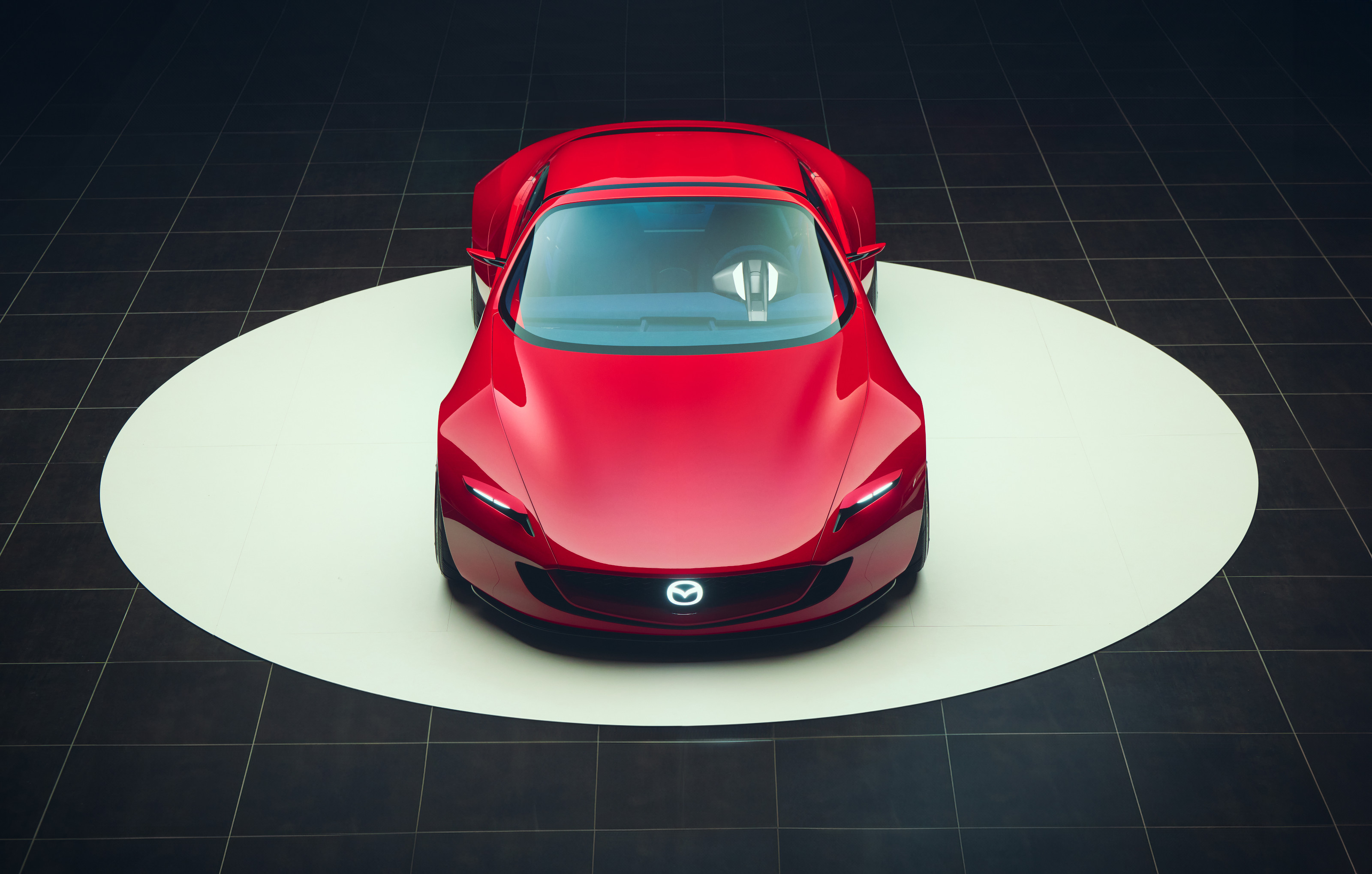
Sometimes radical and mostly independent, Japanese carmaker Mazda has a history of making affordable well-engineered cars. With interesting powertrains, from rotary engines to range extender EVs – that are also usually fun to drive, some of these cars – from the RX-8 to the MX-5 and even the MX-30 – also feature innovative design.
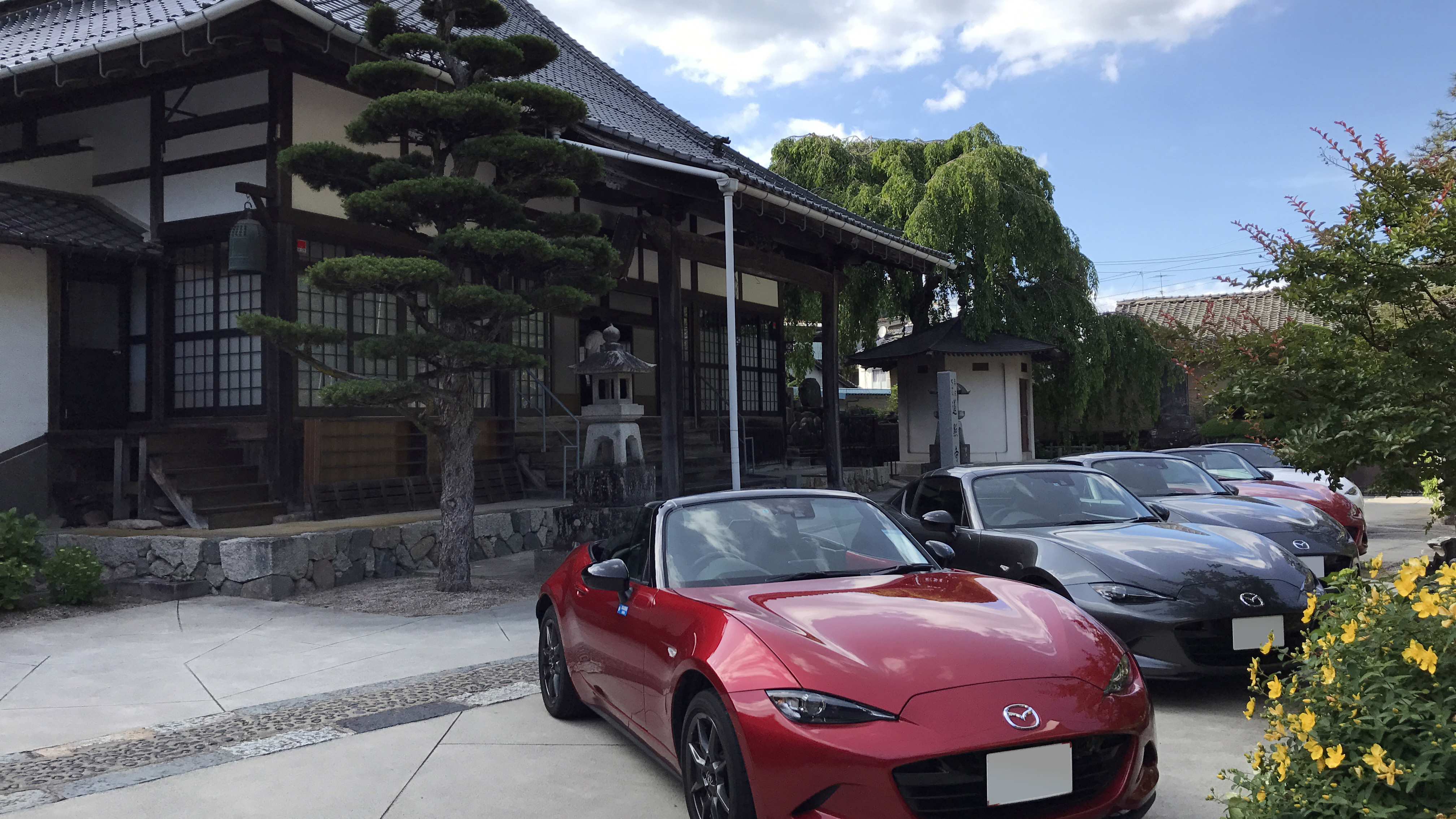
Renshoji temple, Hiroshima, with MX-5 line-up
Wallpaper* was offered a rare opportunity of a face-to-face conversation with its under-the-radar design boss, Masashi Nakayama, at the brand’s recently refurbished museum close to its Hiroshima HQ. As a Mazda veteran since 1989 and chief designer of the current MX-5 roadster, he officially made general manager of the brand’s design division in 2021. Since then, he has also led the creation of the much-lauded 2023 Iconic SP concept, so we asked him what’s next for the brand’s design direction and how mowing the lawn brings him peace.
An interview with Mazda's Masashi Nakayama
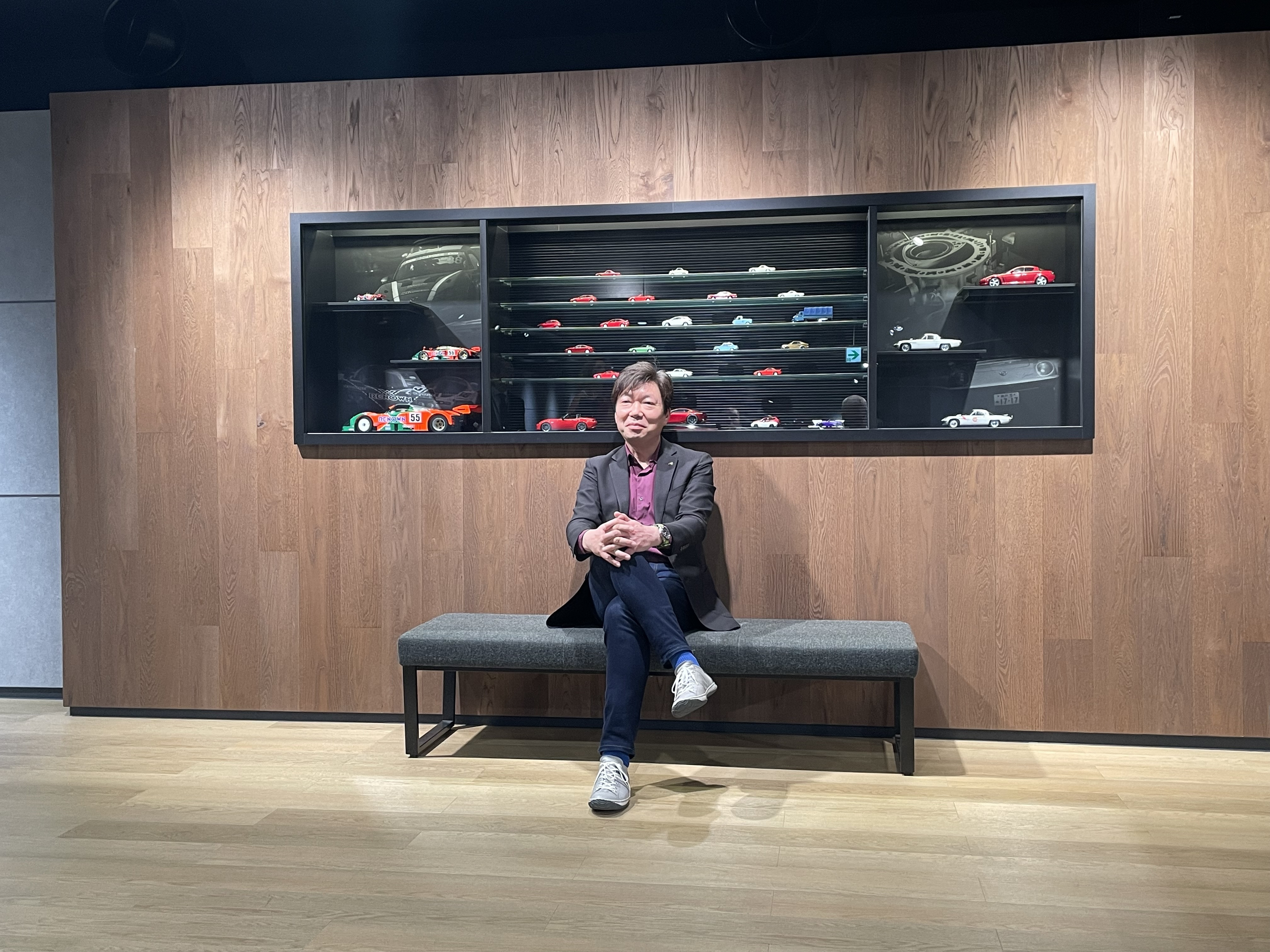
Mazda designer Masashi Nakayama
Wallpaper*: How might Mazda’s Kodo ‘soul of motion’ design evolve under your leadership? Is the idea of ‘cars as art’ still important?
Masashi Nakayama: I want to make Kodo design more ‘dynamic,’ something that moves people emotionally. About 30 years ago, Mazda had a slogan: ‘High spirited design with romantic engineering’. I still love this phrase and aim to bring it to life. Cars have the freedom to move anywhere, meaning they can be placed anywhere. Therefore, I believe they should not detract from the cityscape. In that sense, being like a piece of art that adds colour to the city holds significant value.
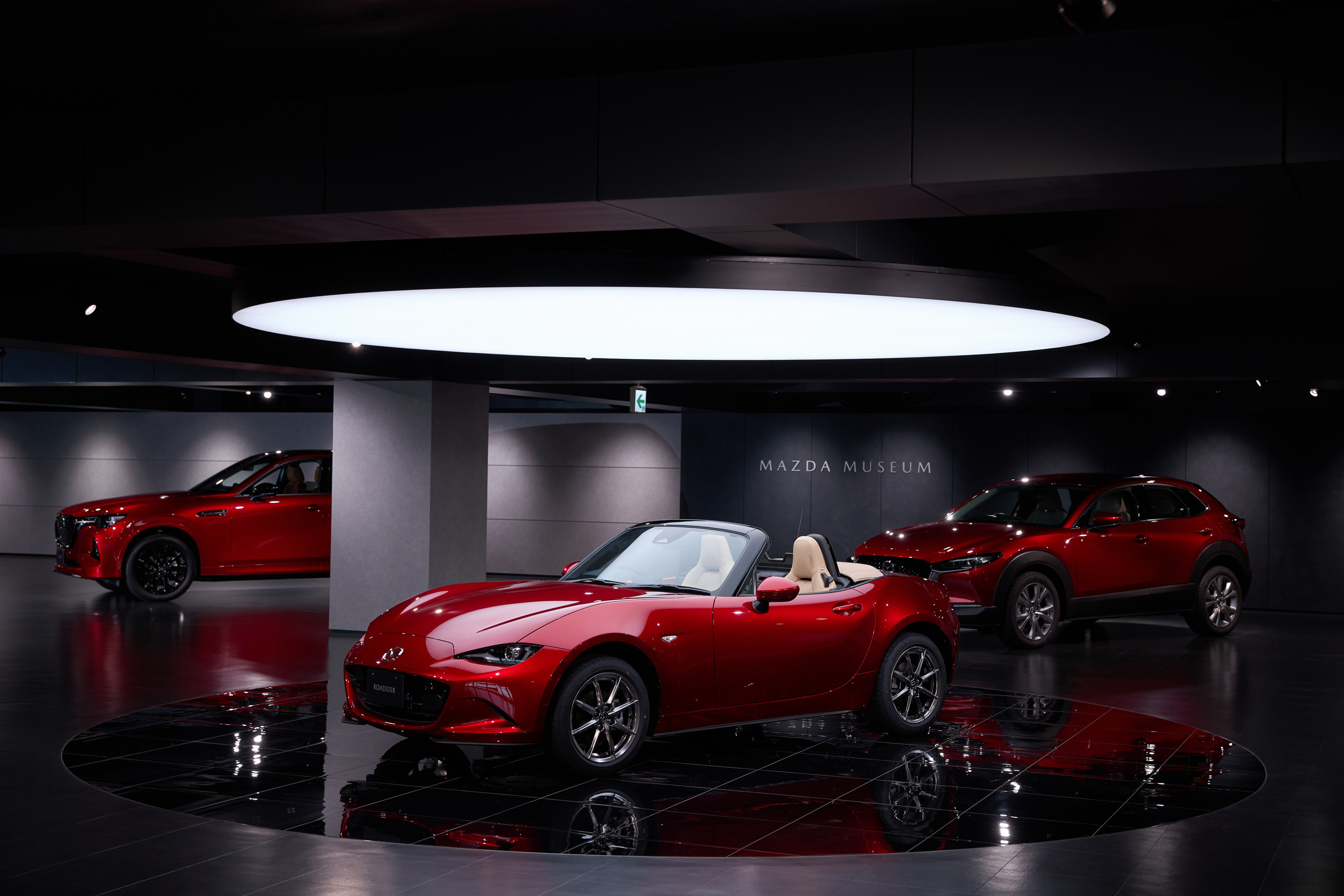
Mazda MX-5 with the CX-60 and CX-3 in the background
W*: What were your inspirations for the Iconic SP?
MN: The lean functional beauty of a high-performance fighter jet and graceful movements of an elite athlete. The lingering motion created by efficient movements was the theme I most wanted to incorporate. In terms of automotive inspiration, I still admire the sight of F1 cars from around 1979, beautifully and swiftly racing.
W*: What were your influences growing up?
Receive our daily digest of inspiration, escapism and design stories from around the world direct to your inbox.
MN: My uncle was a piano teacher, my grandfather a shrine carpenter and my great uncle a Japanese Navy captain during WWI. He purchased state-of-the-art equipment around the world – like cameras and recording devices not available in Japan at the time – and gave them to my grandfather. I loved sketching and loved cars always.
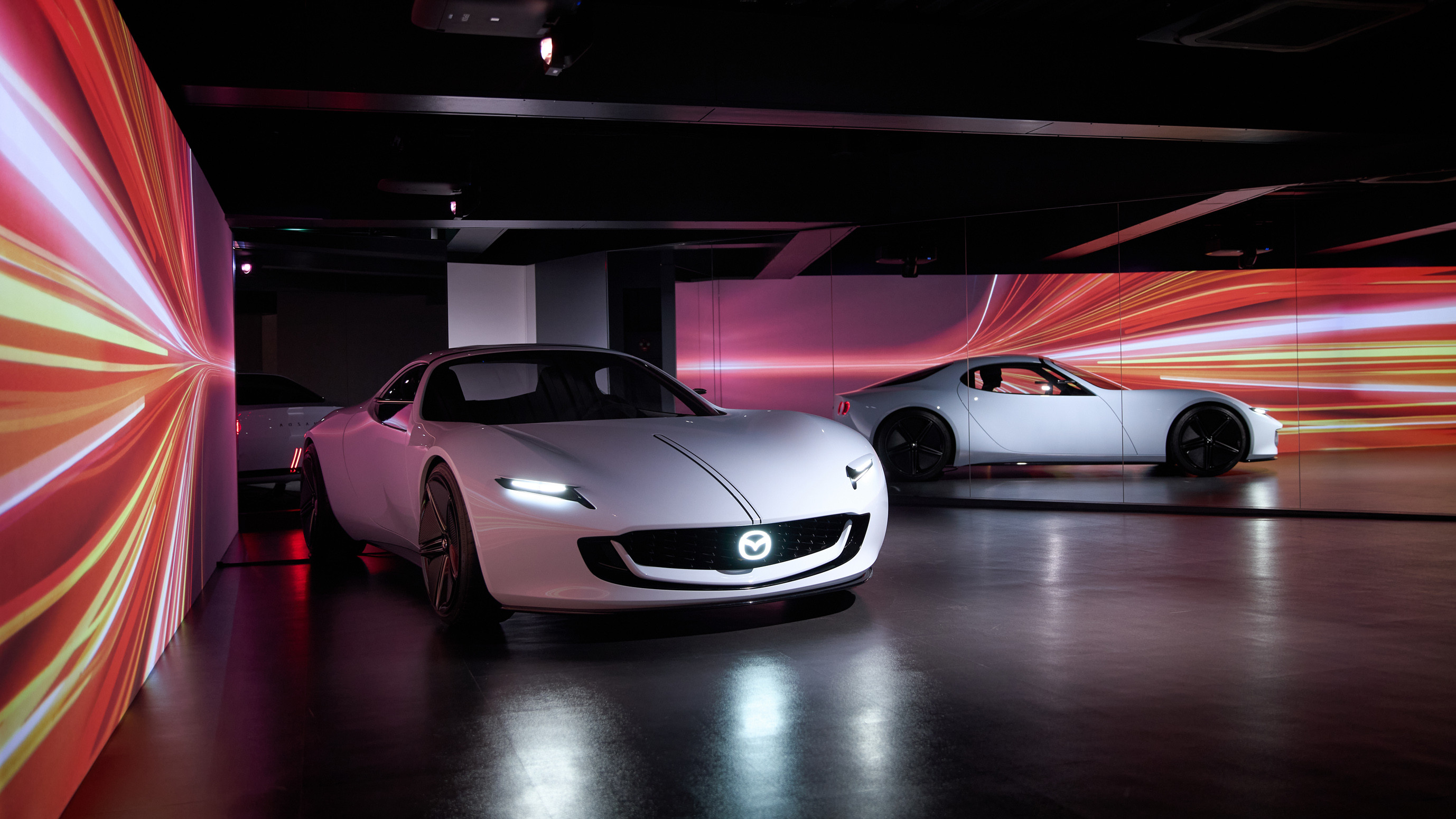
2023 Mazda Iconic SP concept
W*: Did you visit galleries or interesting buildings too?
MN: My family owns a Buddhist temple called Renshoji in Hiroshima and I grew up listening to the priest preach to my mum, sitting on her lap. I was exposed to this all the time as a baby. My senior brother is now a Buddhist priest.
W*: Is there anything of that temple’s ambience you want to achieve in Mazda cars? Perhaps its sense of calm, wellbeing or scent?
MN: No, I don’t intend to infuse any of that atmosphere or elements. A temple interior is a place where you can feel calm instantly, to meditate. I get back to normal when I step out of that room.
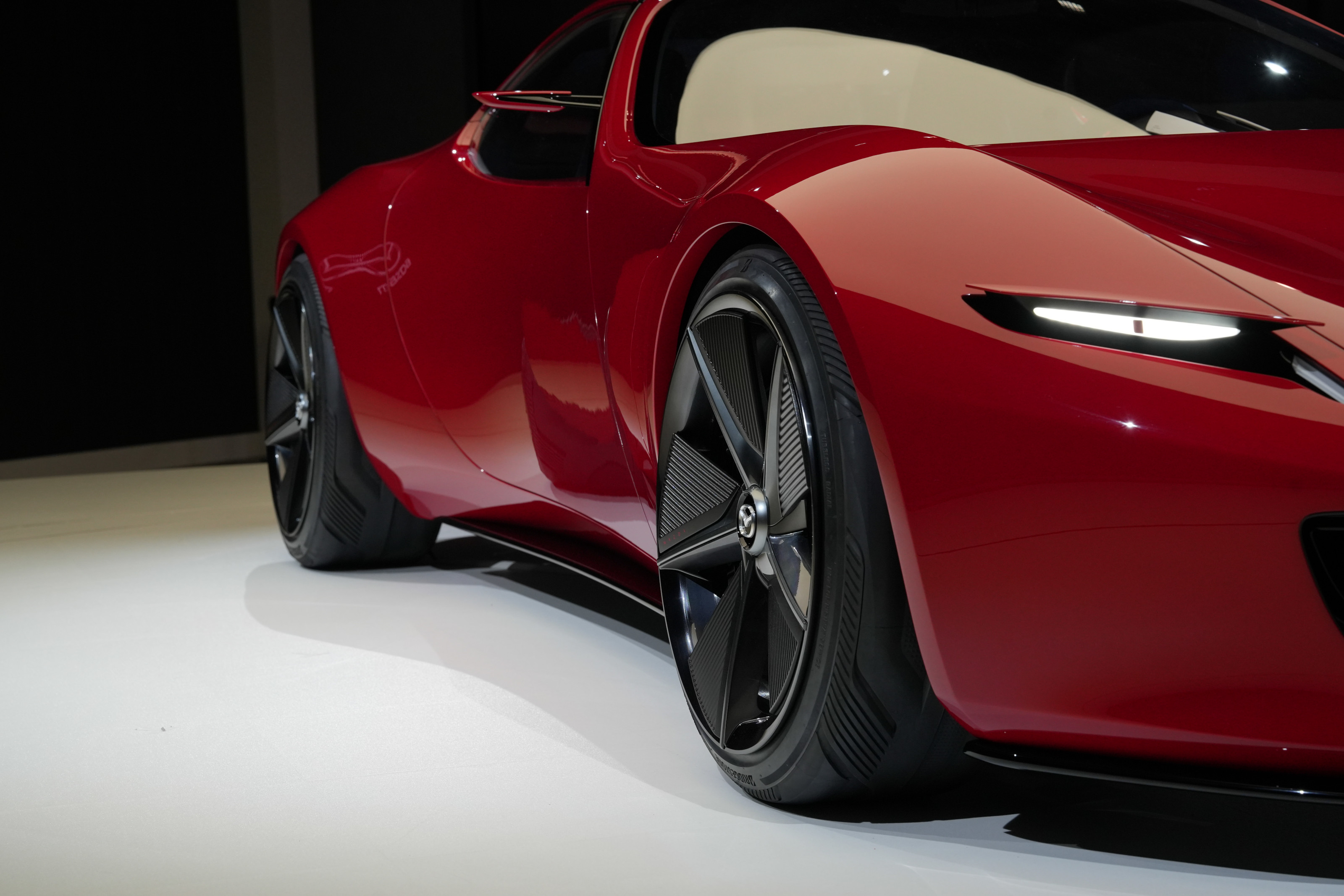
The Mazda Iconic SP concept
W*: What’s the future interior design philosophy for Mazda?
MN: We emphasise a horizontal feeling. Humans are sensitive to verticality and horizontality because we live in gravity. We can tell when something vertical is tipped by one degree.
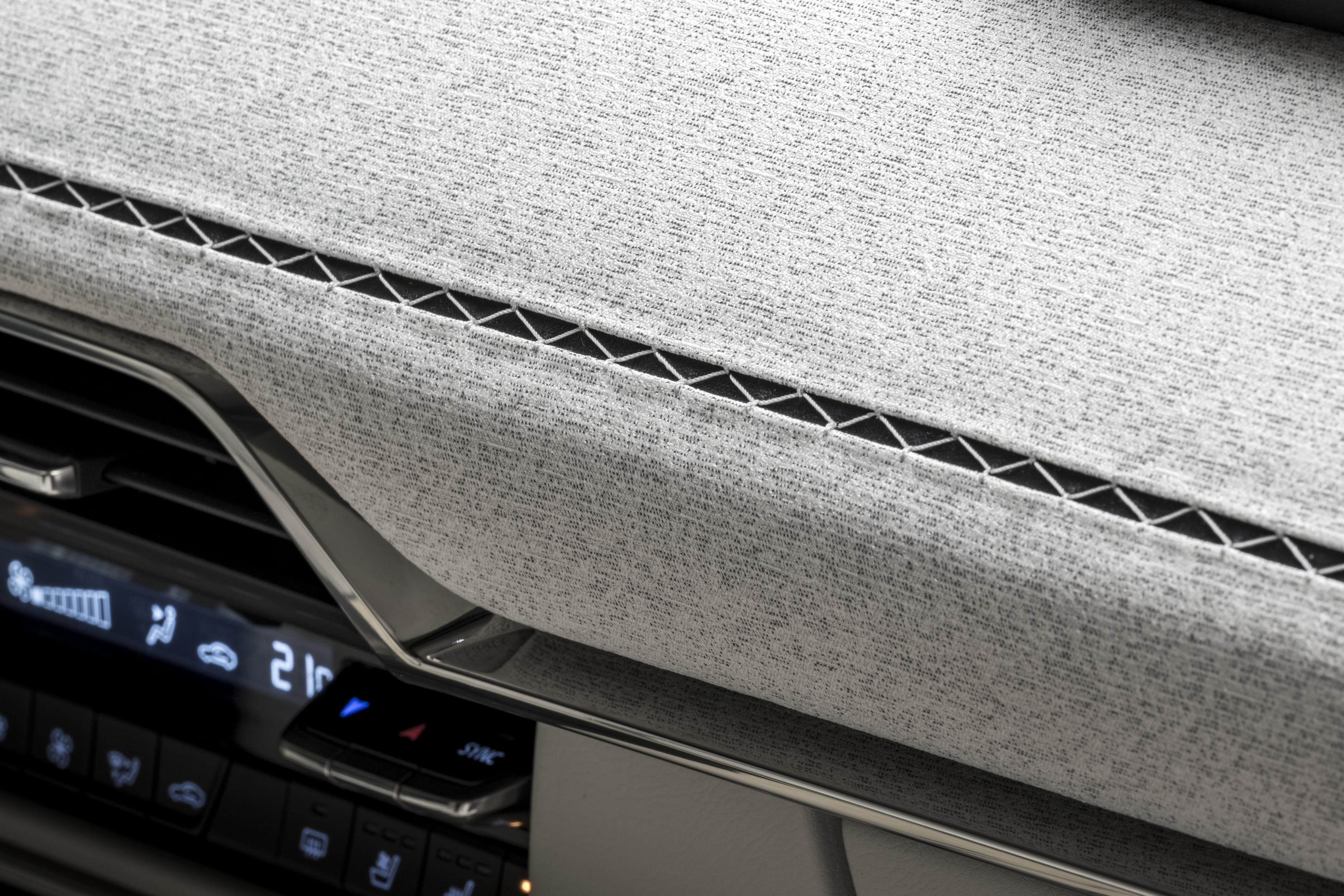
Interior stitching detail from the Mazda CX-60
W*: In terms of materials, the CX-60’s dashboard stitching with a slight gap – inspired by traditional Japanese Musubu knotting techniques – has been a recent highlight. Is that artisanal feel something you’re trying to do more inside Mazda cabins?
MN: Symbolically, it’s proof we put emphasis and effort into our interiors. It’s a Japanese tradition. Our mentality is to take care and that takes time.
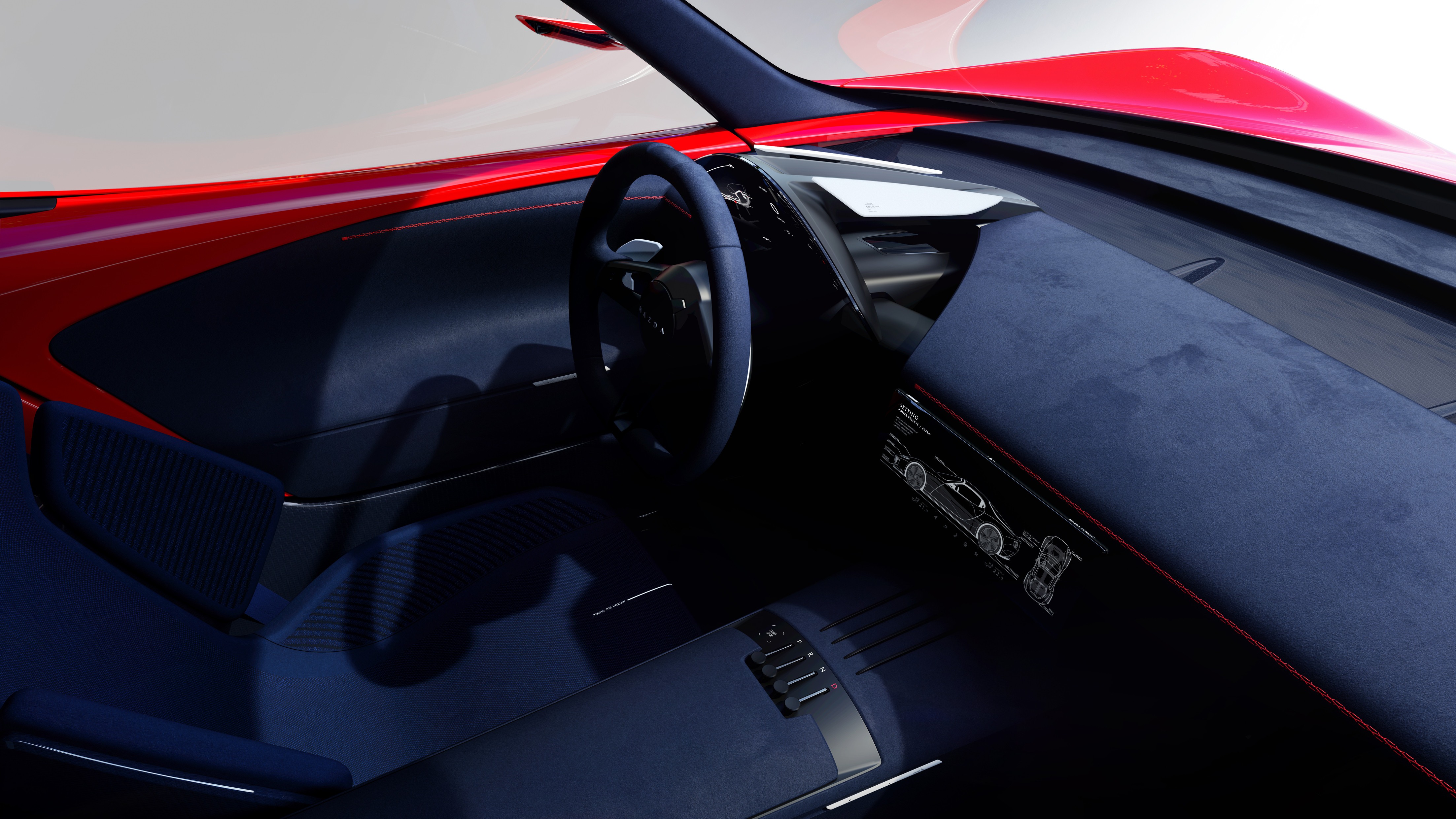
2023 Mazda Iconic SP concept interior
W*: What do you do in your own time to switch off from work?
MN: My biggest pleasure is mowing the lawn with a manual lawnmower. I aim for the quality of the grass on a baseball field. The overall beauty of the green colour and the smoothness of the surface, meaning the absence of undulations, are key points. I have an automatic sprinkler system that waters the grass daily and I adjust the fertiliser based on the growth of the grass. It is a matter of long years of experience and intuition. It’s an art form that involves working with nature.
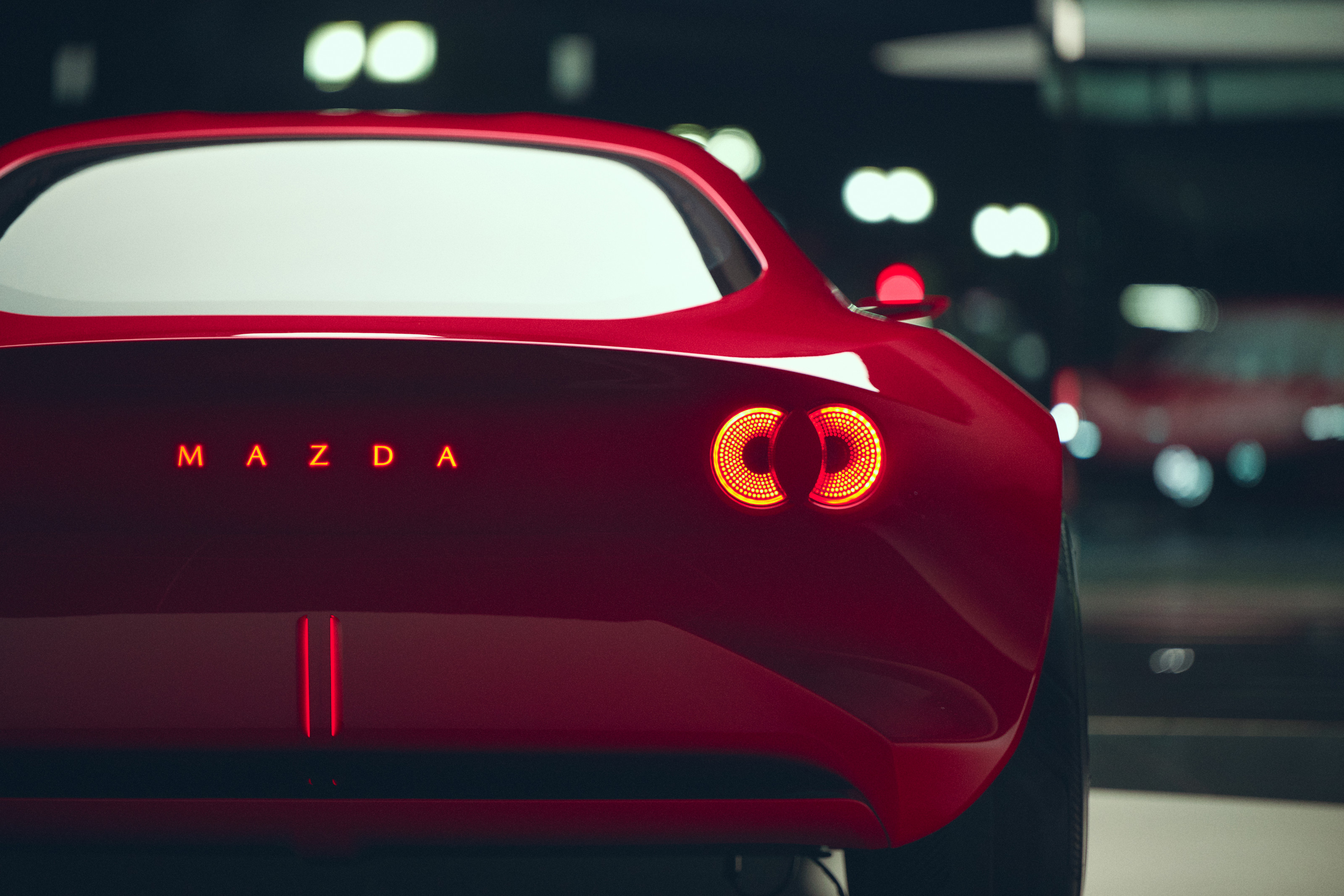
2023 Mazda Iconic SP concept
Guy Bird is a London-based writer, editor and consultant specialising in cars and car design, but also covers aviation, architecture, street art, sneakers and music. His journalistic experience spans more than 25 years in the UK and global industry. See more at www.guybird.com
-
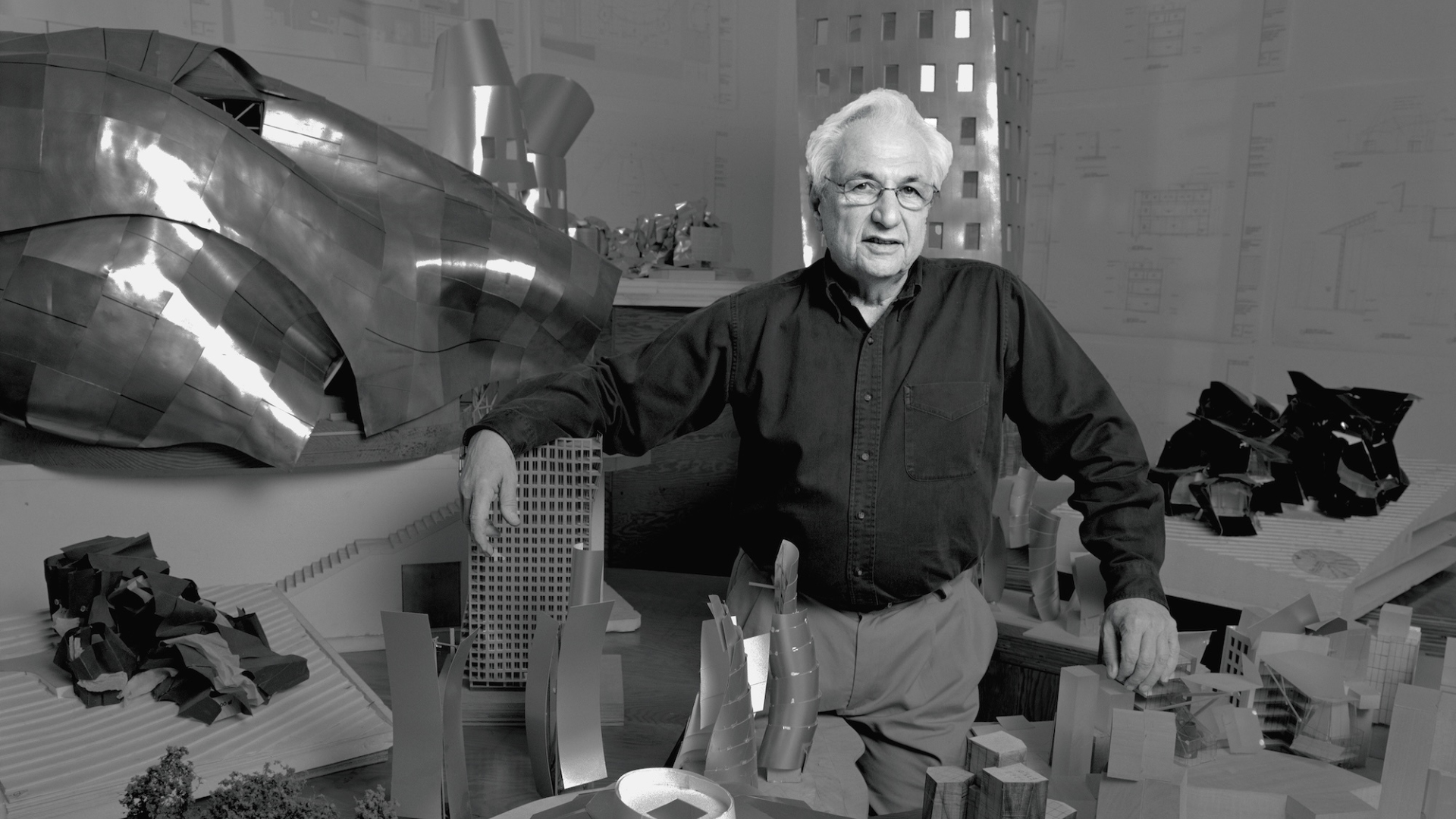 Remembering Frank Gehry, a titan of architecture and a brilliant human being
Remembering Frank Gehry, a titan of architecture and a brilliant human beingLong-time Wallpaper* contributor Michael Webb reflects on the legacy of the Los Angeles architect, who died today at age 96
-
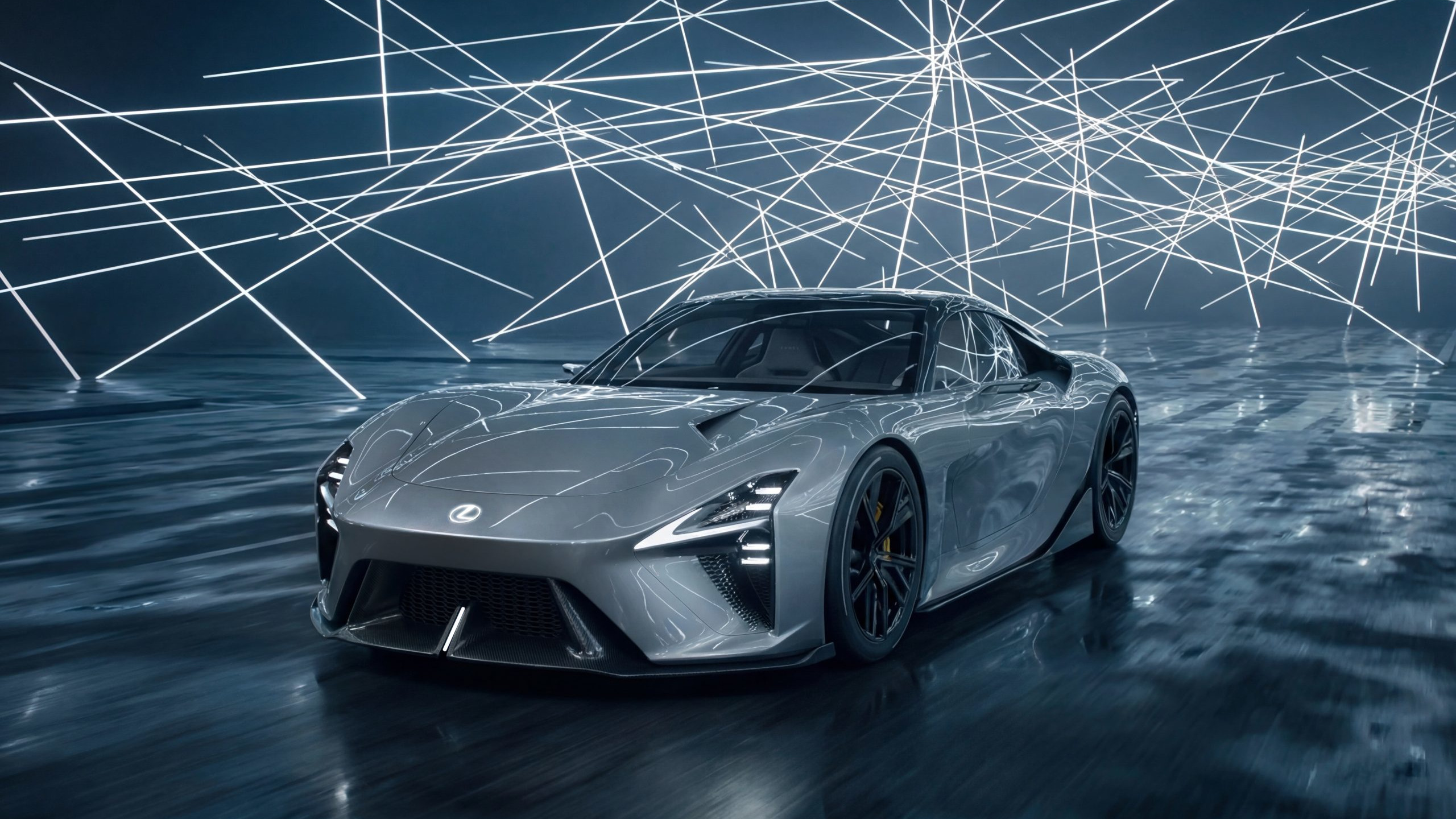 Lexus finally confirms the name of its all-electric LFA Concept supercar
Lexus finally confirms the name of its all-electric LFA Concept supercarStill designated a design study, the Lexus LFA Concept should be the successor to the most unlikely of all 20th-century supercars
-
 King of cashmere Brunello Cucinelli on his new biographical docu-drama: ‘This is my testimony’
King of cashmere Brunello Cucinelli on his new biographical docu-drama: ‘This is my testimony’Directed by Cinema Paradiso’s Giuseppe Tornatore, ‘Brunello: the Gracious Visionary’ premiered in cinematic fashion at Rome’s Cinecittà studios last night, charting the meteoric rise of the deep-thinking Italian designer